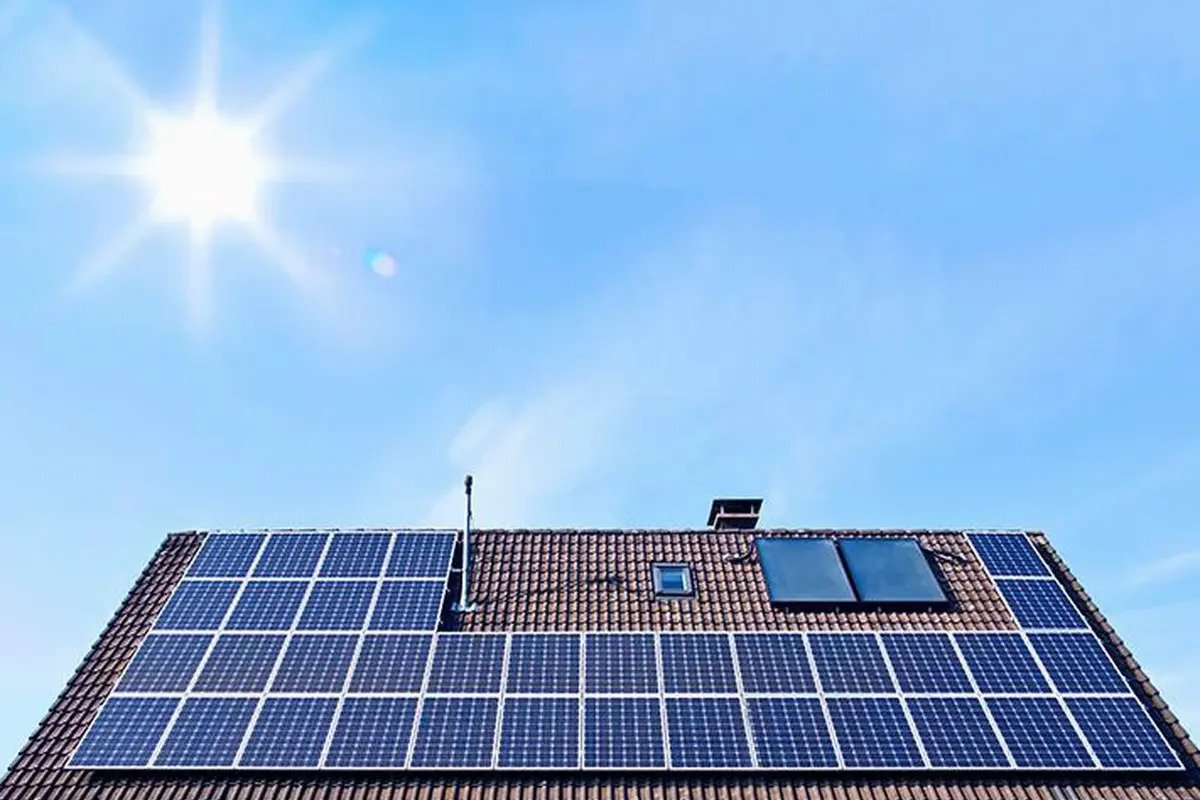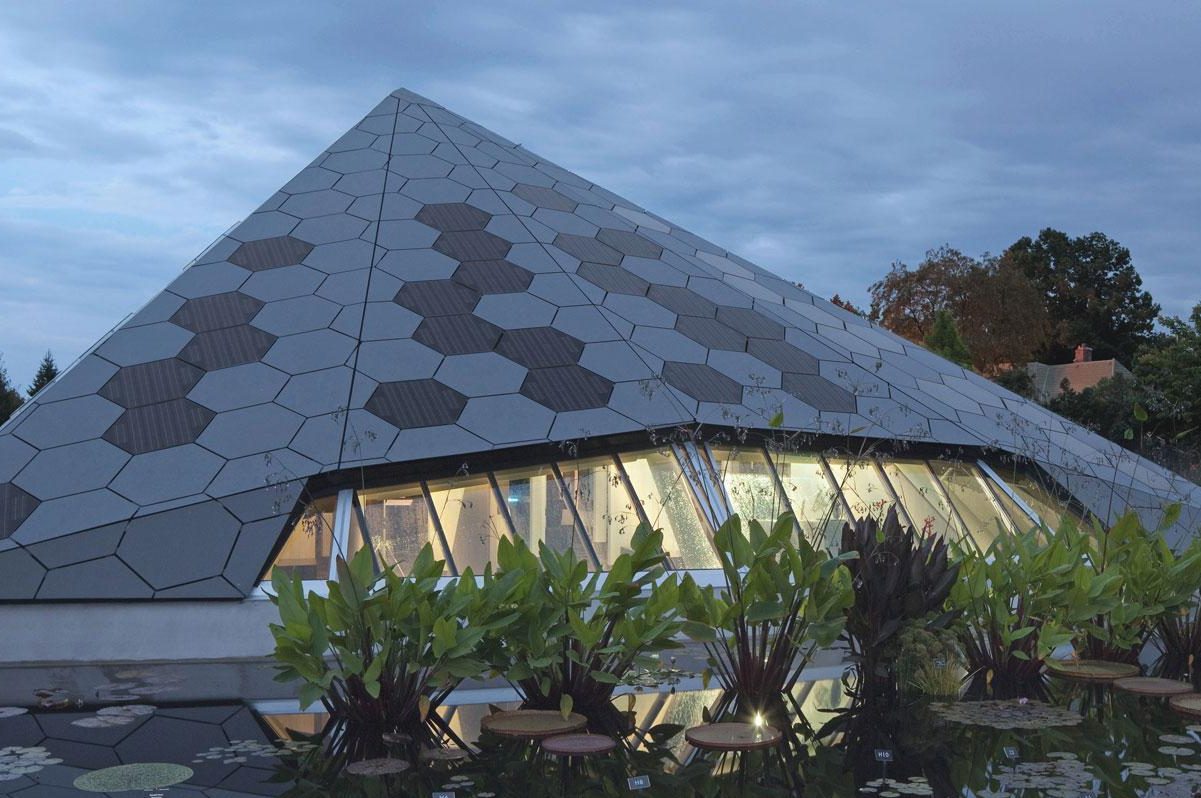The focus of research regarding photovoltaics technology is how it can be integrated into a structure in a way that all its uses can be combined and taken advantage of effectively.
When you want to ingrain new technology in society, a bird’s eye view of technology integration is not the only requirement. The technology must also be developed in structures that are multifunctional.
A city environment typically has widely different surfaces that can be divided into different elements according to infrastructure, building, and district design.
Infrastructure surfaces include lamp posts, roads, railway systems, trains, noise barriers, buses, and cars. Meanwhile, surfaces for building-integrated solar technology include facades, floors, roofs and walls. The integration of technology on the district level, on the other hand, involves parks and matching designs of roads and buildings.
The challenge of integrating solar technology into these surfaces also comes from making them aesthetically and architectonically pleasing by using circular components and materials, as well as how to combine the needs and requirements of the set.
Building-integrated Solar Technology

BIPV(T) is typically the abbreviation used to refer to building integration of technology that harvests thermal and electrical energy from the sun. A multifunctional building combines photovoltaics technology with other functions like ventilation, stiffness, energy storage, heat/cold insulation, sound insulation, as well as water and wind-proofing.
These elements of multifunctionality reduce any discomfort felt by the occupants. They also require lesser costs, installation time, and space. The lifetime of each product should also be compatible with each other when integrating the different elements. This can also apply to their environmental performance which includes circularity and embodied energy.
Architectural Integration
Photovoltaic technological innovations can be integrated in a way that caters to the preferences of the architect by changing their appearance. For starters, they can adapt the color of photovoltaics modules. The module can also have a printed pattern added to it and the metal lines found on the cells can also be added and applied in any preferred shape.
The solar cell module also isn’t restricted to the well-known rectangular shape but can actually be altered and adjusted into any desired shape.

